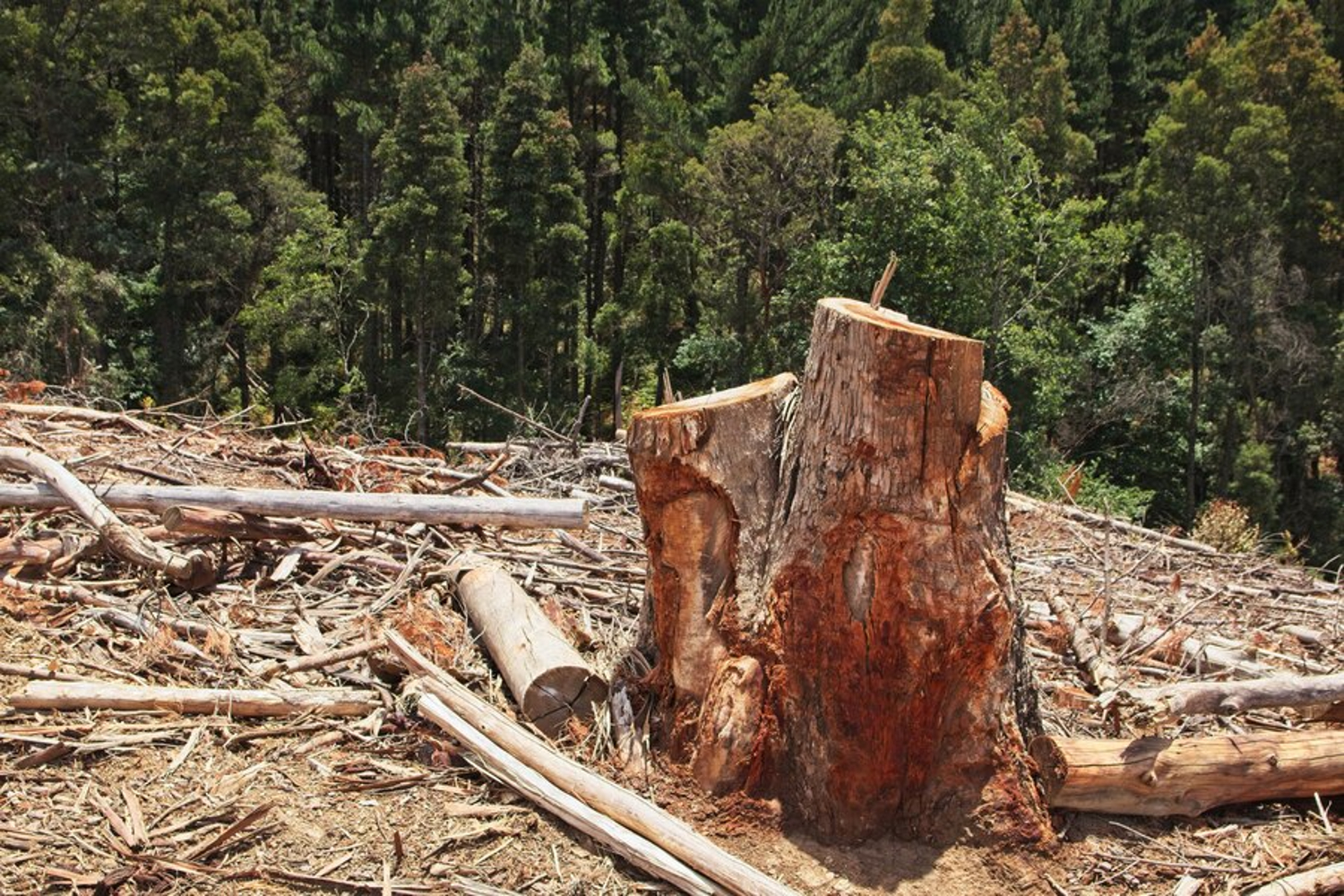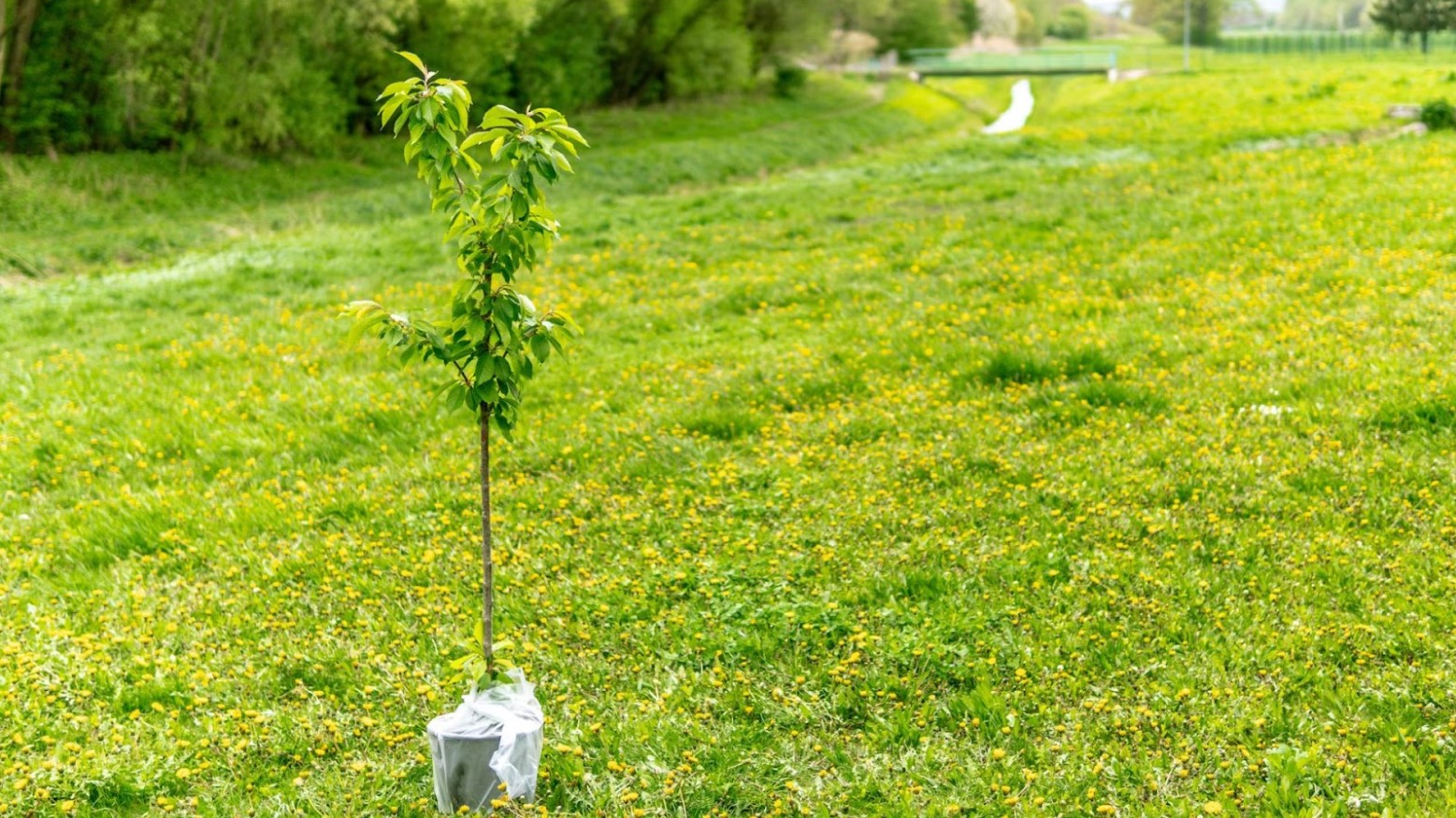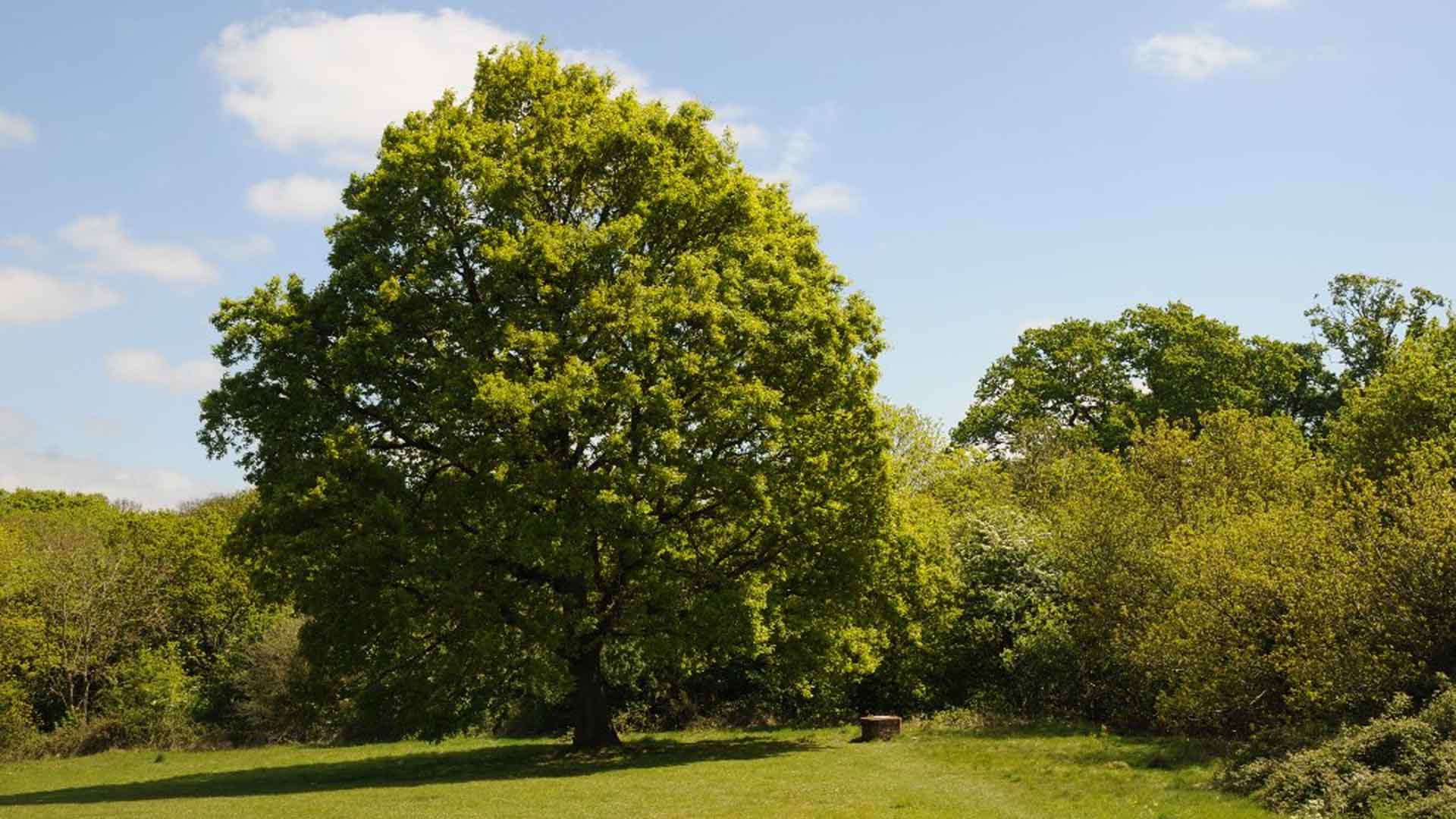In a surprising turn of events, Connecticut Governor Ned Lamont has been ordered to replant more than 180 trees and thousands of bushes. This comes after he had them cut down behind his home to improve his view.
The decision has sparked a mix of public outrage and environmental concern, highlighting the balance between personal preferences and ecological responsibilities.
The Clear-Cutting Controversy

Governor Lamont’s decision to remove the trees and bushes raised eyebrows when it was discovered earlier this year. The extensive clear-cutting was aimed at creating a better view from his property.
However, the environmental impact of removing such a significant number of trees and bushes has not gone unnoticed by the community and local authorities.
Environmental Impact

Removing over 180 trees and thousands of bushes significantly impacts the local ecosystem. Trees play a crucial role in maintaining air quality, providing habitats for wildlife, and preventing soil erosion.
The governor’s actions have led to a broader discussion about the importance of preserving natural landscapes, especially in residential areas.
Public Reaction

The news of the clear-cutting quickly spread, leading to a wave of public outcry. Many Connecticut residents expressed their disapproval on social media and in community meetings.
The governor’s actions were seen as contradictory to the environmental policies his administration has championed, causing a stir among his supporters and critics alike.
Legal Consequences

Local authorities intervened, citing environmental regulations that protect such greenery. Governor Lamont was ordered to replant the trees and bushes as a corrective measure.
The ruling emphasized the importance of adhering to environmental laws, regardless of one’s position or personal desires.
Governor’s Response

In response to the backlash, Governor Lamont issued a public apology. He acknowledged his mistake and expressed his commitment to rectifying the situation.
“I understand the importance of these trees to our environment and community,” he said. “I am dedicated to making things right and learning from this experience.”
Replanting Efforts

Efforts to replant the trees and bushes are reportedly already underway. The governor has hired a team of arborists and landscapers to restore the area.
This replanting project is not only a step towards correcting the mistake but also an opportunity to improve the biodiversity of the local environment.
Community Involvement

Freepik
The replanting initiative has garnered significant community support. Local environmental groups and volunteers have joined the efforts, turning the controversy into a collaborative restoration project.
This community involvement underscores the collective responsibility in maintaining and protecting natural spaces.
Long-Term Plans

Looking ahead, there are plans to monitor the replanting efforts to ensure the long-term health of the newly planted trees and bushes.
This incident has highlighted the need for ongoing environmental stewardship and the importance of protecting natural landscapes for future generations.
Broader Implications

The incident has broader implications for public officials and their environmental responsibilities. It serves as a reminder that actions taken by those in power can have far-reaching consequences.
The governor’s experience shows the importance of considering environmental impacts in decision-making processes.
Environmental Education

In the wake of this incident, there has been a push for increased environmental education for public officials. Understanding the ecological significance of trees and natural habitats is crucial in preventing similar situations.
This education aims to ensure that all decisions are made with a comprehensive understanding of their environmental impact.
Moving Forward

Governor Lamont’s commitment to replanting the trees and bushes is at least positive step forward. The incident has sparked important conversations about environmental responsibility and the need for careful consideration of nature in urban planning.
Moving forward, it is hoped that this experience will lead to better environmental practices and policies.








































